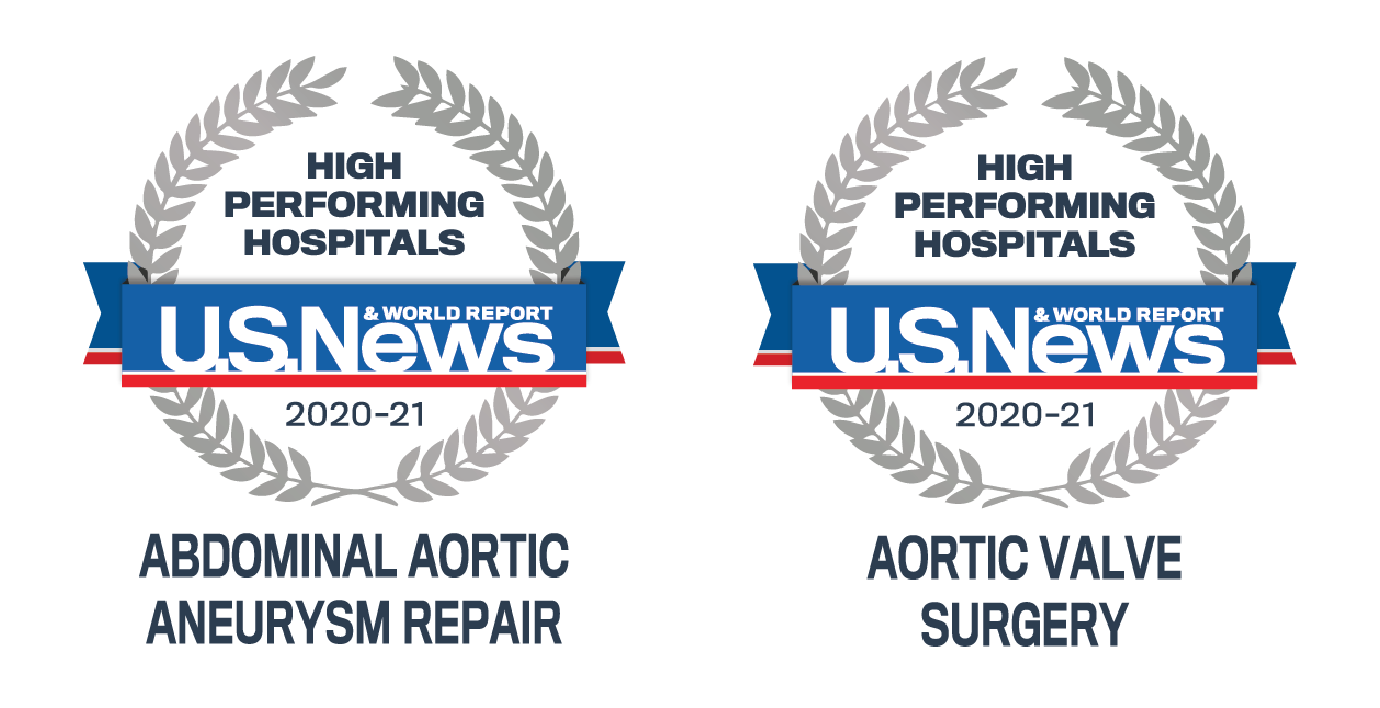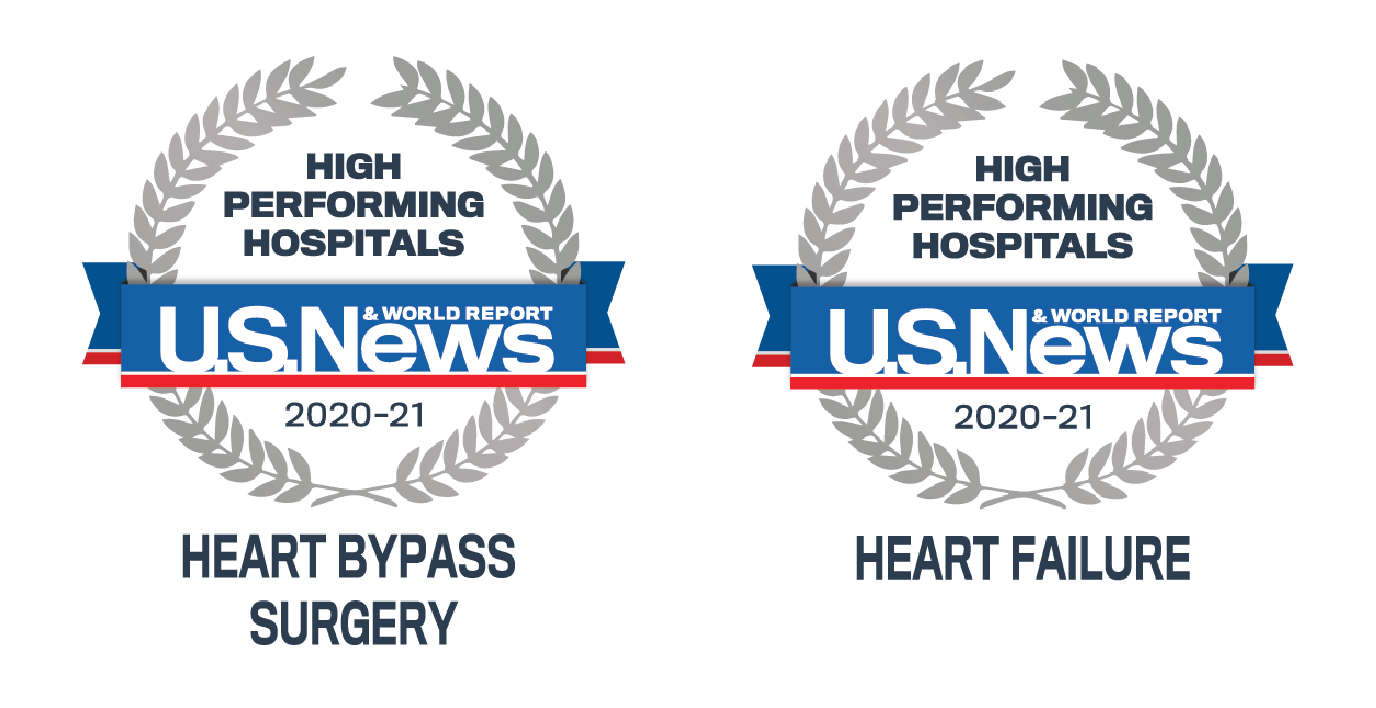View All Health Services
Cardiac Rehabilitation

Cardiac Rehabilitation services are provided by the Cardiovascular Fitness Department.
The Outpatient (Phase II) Program will assist you in your efforts to achieve and maintain good health. Services are provided by our team of cardiac professionals and include exercise training, health education and lifestyle counseling help individuals understand their specific heart condition and find ways to reduce their risk for future heart problems. Each participant receives individualized attention from the cardiac rehab team while enjoying the benefits of exercising in a monitored setting.
Who Will Benefit from Cardiac Rehabilitation?
Cardiac Rehabilitation is for you if you have experienced any of the following:
- Heart Attack
- Stable angina
- Bypass surgery
- Balloon angioplasty (PTCA) and/or stent
- Valve surgery
- Heart transplant
- Congestive Heart Failure (CHF)
Why Cardiac Rehabilitation?
Studies conducted by the U.S. Department of Health and Human Services have found that Cardiac Rehabilitation services help you control your risk factors for heart disease so that you can lead a healthier life. Cardiac Rehabilitation can improve survival rates after a heart attack by more than 50 percent.
What Happens in Cardiac Rehabilitation?
Phase II Cardiac Rehabilitation sessions provide monitored exercise, education and counseling in risk factor reduction. Participants learn how to make healthy changes in diet, activity level and daily living that contribute to a heart-healthy lifestyle. Exercise is individualized, progressive, specific to each participant and supervised by cardiac rehab personnel.
Sessions run approximately 60-90 minutes, two or three times a week for up to 12 weeks. Length of the program may vary based on medical status and medical insurance stipulations.
Make an Appointment
A physician referral is required. All necessary paperwork will be sent to your physician’s office.
Contact the Cardiovascular Fitness Department at 410-337-1366.
Most health insurances cover Cardiac Rehabilitation, but we do recommend you contact your insurance carrier to verify benefits and coverage. Several self-pay options are also available.


